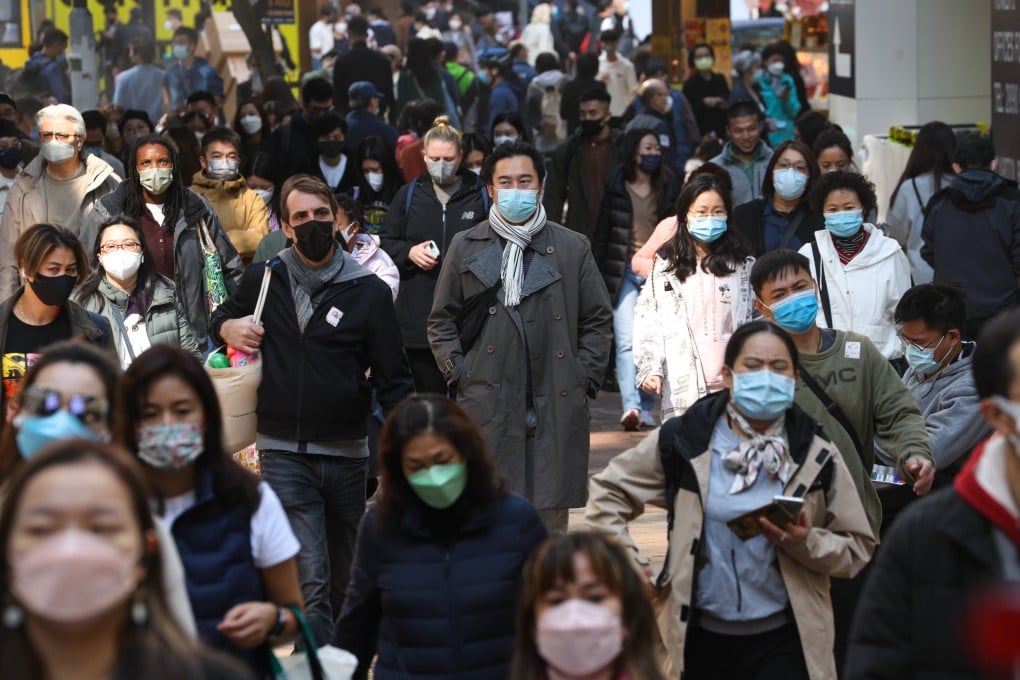Explainer | Hong Kong’s Covid-19 curbs were among the world’s toughest. What were their long-term effects on the city?
- Travel bans and curbs on public gatherings were just some of the measures introduced to stop spread of virus
- City is scrapping the last of the restrictions but some of them have left a mark on life in Hong Kong

Here is a round-up of what the city has experienced over the past three years.
1. How did Hong Kong close its doors amid the Covid panic?
In an unprecedented move, all but three border checkpoints – at Shenzhen Bay, the Hong Kong-Zhuhai-Macau Bridge and Hong Kong International Airport – were closed to visitors.
On March 25, 2020, Hong Kong began to ban entry of non-locals travelling from outside mainland China, Taiwan and Macau and suspended layovers at the airport. It was the first time the international city had shut its doors to foreigners.
On August 19, 2020, authorities, citing the Prevention and Control of Disease Regulation, began prohibiting airlines from entering Hong Kong when a certain number of passengers on an aircraft tested positive for Covid-19.
In December 2020, the city imposed the most stringent arrangements on visitors by requiring them to undergo 21 days of mandatory quarantine in a designated hotel. The rule lasted until August 9, 2021.